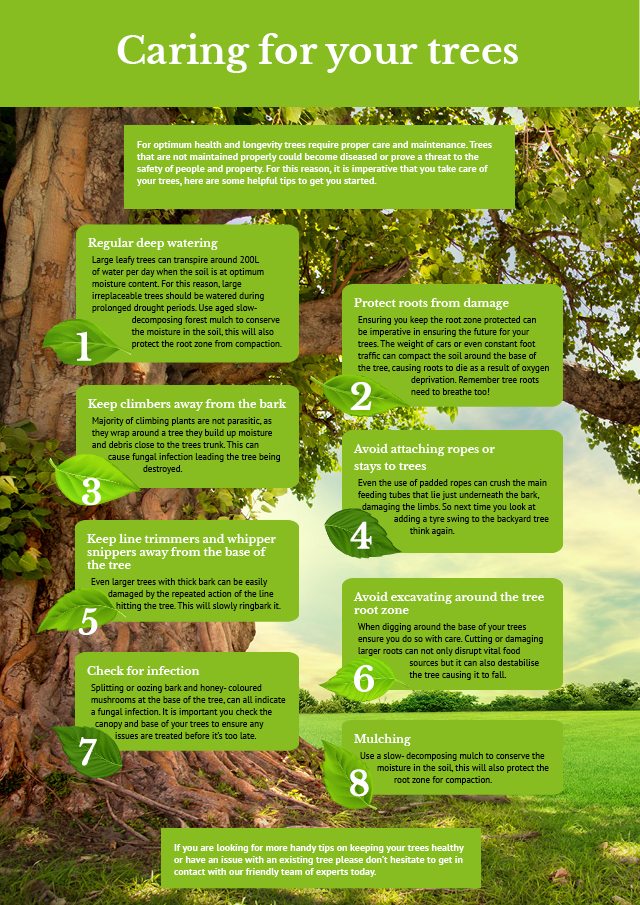Indications It's Time For Tree Removal: How To Identify Unsafe Trees
Indications It's Time For Tree Removal: How To Identify Unsafe Trees
Blog Article
Produced By-Lillelund Connell
When it pertains to tree treatment, recognizing the indicators that it's time for elimination is vital for your security and building. You may see tarnished leaves, wilting branches, or strange fungal developments suggesting illness. Structural problems, like a significant lean or cracks in the trunk, can also pose threats. Comprehending these indication can help you make educated choices concerning your trees and protect against prospective risks prowling in your yard. What should you seek next?
Indicators of Degeneration and Condition
When you notice indicators of decay and disease in your trees, it's essential to act swiftly. Look for tarnished leaves, wilting branches, or unusual growths like fungus. These can indicate that your tree is having a hard time.
If you see splits in the bark or soft, mushy wood, these signs recommend interior degeneration. In addition, an abrupt rise in insects around your tree can indicate that it's weakened and vulnerable.
Check for How To Prune Almond Trees of dead or dying limbs, as they present a threat to your building and safety and security. If simply click the up coming internet site regarding what you see, getting in touch with an arborist can give clearness.
Resolving these indicators early can conserve you from much more comprehensive damages and make certain the health and wellness of your lawn. Do not wait till it's too late.
Structural Instability and Leaning
As you observe your trees, watch out for any type of indications of structural instability or leaning. If a tree leans considerably, it might show that the root system is jeopardized.
Seek any type of splits in the trunk or soil around the base; these can indicate possible failure. Additionally, look for uncommon growth patterns, like an uneven crown, which might recommend that the tree is having a hard time to hold itself upright.
If you notice that the tree favors your home, power lines, or various other structures, it presents a greater risk. Don't neglect these indicators-- speak with an arborist to evaluate the situation.
Taking action early can protect against expensive damages and ensure your safety and security.
Dead or Dying Branches and Vegetation
If you see dead or dying branches and foliage on your tree, it's a clear indicator that something's incorrect.
These undesirable locations can show underlying issues like disease, bug infestations, or ecological stress. When branches shed their fallen leaves or transform brownish, they're no more adding to the tree's health. Overlooking these indications could lead to more decrease, making your tree a lot more hazardous.
Dead branches can conveniently break off during tornados, posturing a danger to property and people nearby. It's essential to evaluate the extent of the damages.
If the trouble influences a significant part of the tree, take into consideration consulting a specialist. They can help establish if elimination is necessary to guarantee security and maintain the beauty of your landscape.
Conclusion
If you see any type of indications of degeneration, architectural instability, or dead branches on your trees, don't neglect them. These signs can position major security risks to you and your building. It's constantly best to get in touch with a specialist arborist who can supply a specialist analysis of your trees. Taking action early can stop accidents and pricey damage, guaranteeing your landscape remains safe and healthy and balanced. see post in mind, it's far better to be proactive regarding tree care than to await a catastrophe to take place.
